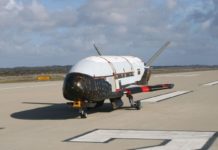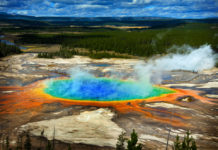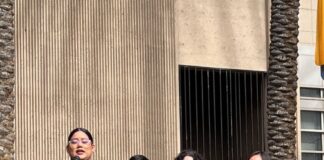It has been known since 2006 that although small, the asteroid Apophis could hit the planet by flying through a “gravitational keyhole” when passing the Earth which would lead to an impact thirteen years later. The likelihood of this happening is extremely small with a 1 in 45,000 chance, however, in a 2008 lecture Neil Degrasse Tyson warns of just what would happen if the asteroid did hit.
During a lecture in 2008 in San Francisco, Tyson revealed his research into the matter with harrowing detail. He describes that in the era observing the universe with technology that Apophis “be the closest biggest thing we will ever see.” He continues, “The orbit we now have for it is uncertain enough, because these things are hard to measure, we cannot tell you exactly where that trajectory will be.”
WHAT WOULD HAPPEN?
He does say that the likelihood of the asteroid hitting on its initial flyby being extremely unlikely, but that is not where the true issue lies. He goes on to elaborate that “there is a 600-mile zone – we call it the keyhole – and if the asteroid goes through the middle of that it will hit the Earth 13 years later.”
Where would the impact be? Tyson estimates that if it were to fly through this keyhole it would “hit 500 miles west of Santa Monica.” The level of severity were this to happen is, not to be understated, extreme.
“If it goes through the centre, it will plunge down into the Pacific Ocean to a depth of three miles, at which point it explodes, caveating the Pacific in a hole that’s three miles wide,” says Tyson. The result of which would be “a tsunami wave outwards from that location that is 50 feet high.”
The area most likely to be wiped out would be a majority of the North American western coastline. “Whatever was there on the coastline is now brought back out to sea and the next tsunami brings it back to the shore,” he continues, “so what happens is, all the artificial stuff, all the houses, factories, they get churned into the force that sandblasts the entire west coast of North America clean.”
NEW INFORMATION SINCE LECTURE
Since this lecture, scientists have a better grasp of the situation and believe that the keyhole is less than the initial 600-mile zone initially believed, making it even highly unlikely but not impossible. As for a potential impact on its next return trip in 2068 has been set at a 1 in 150,000 chance by JPL Sentry risk table.











